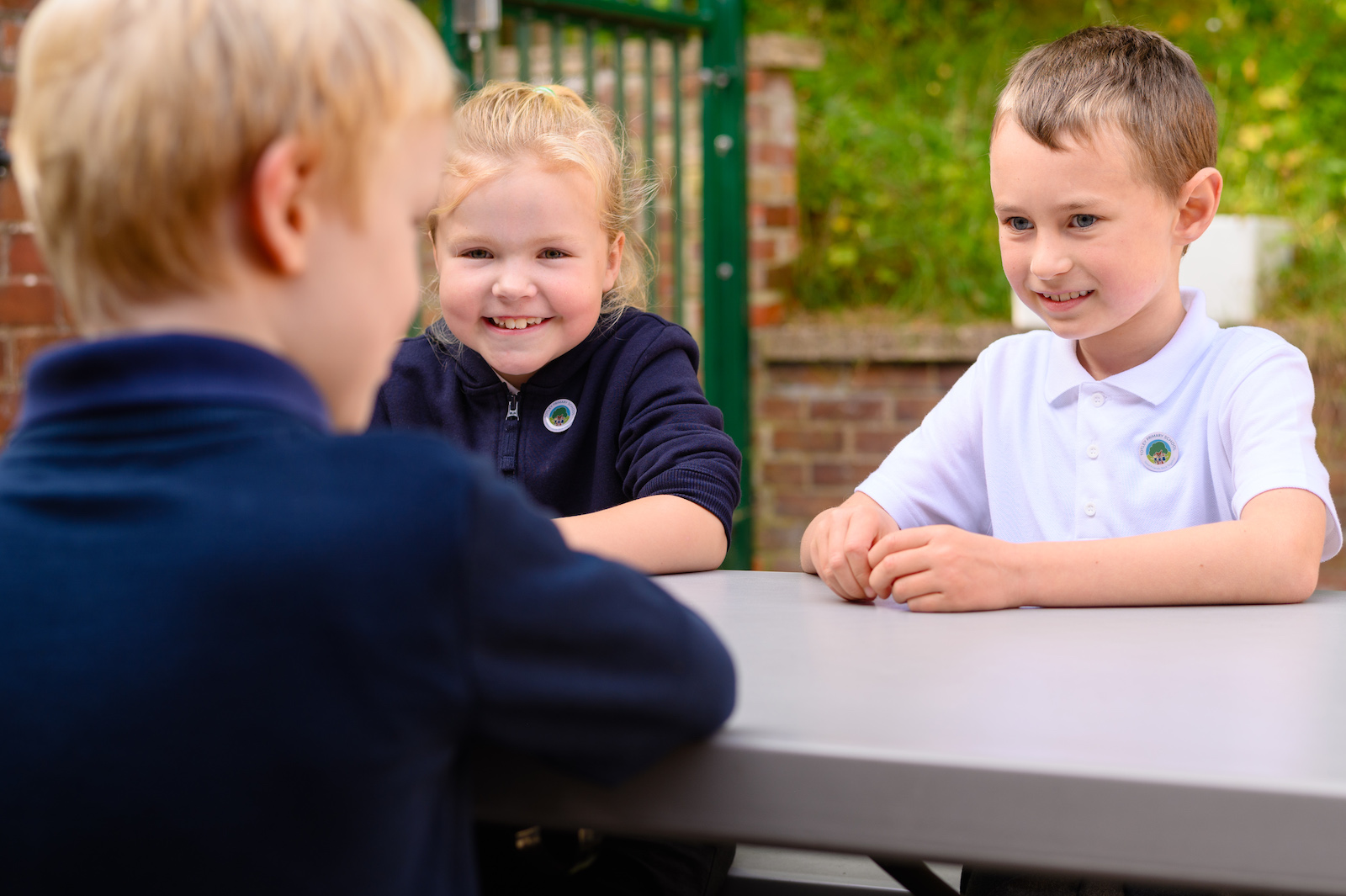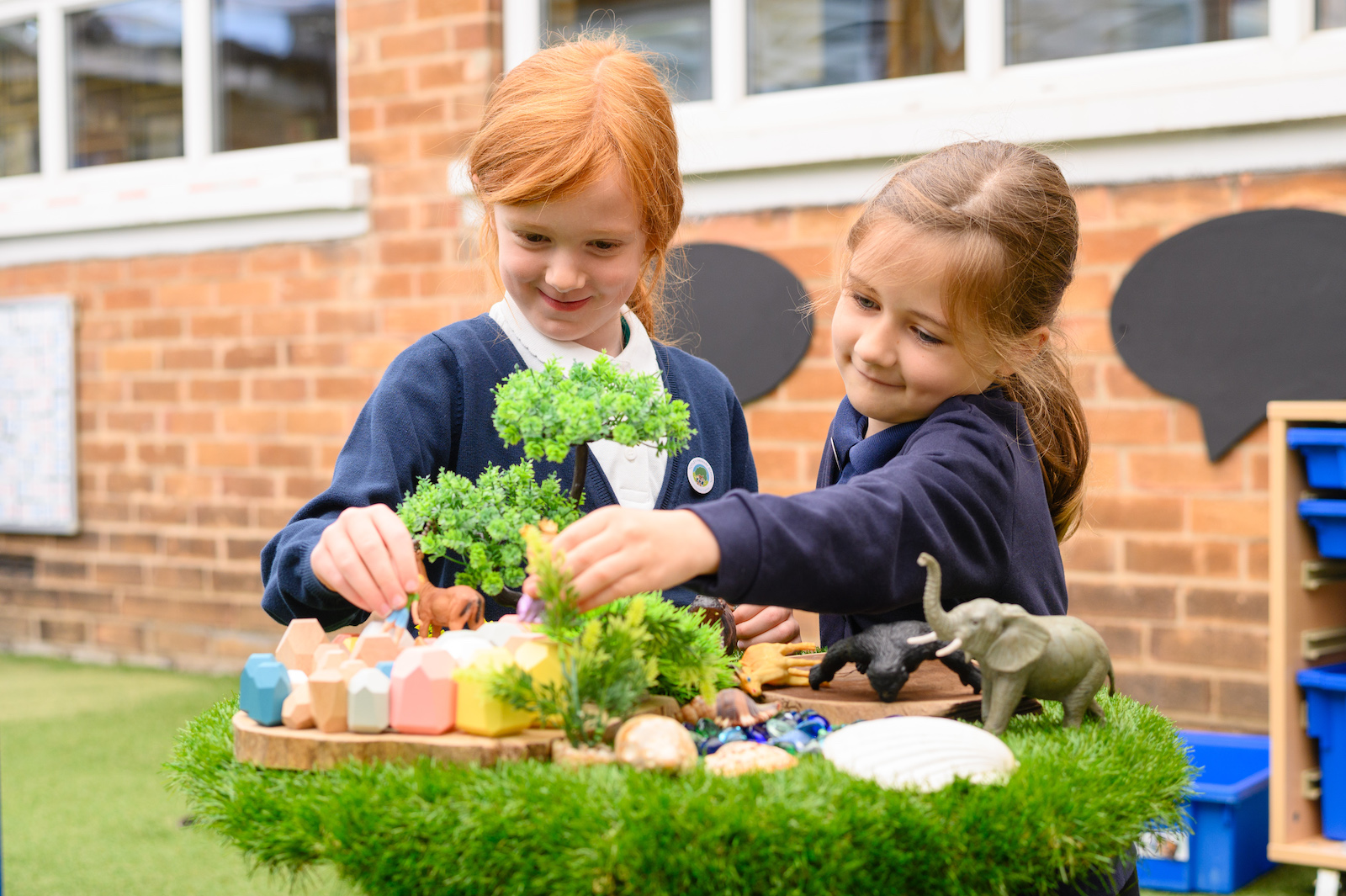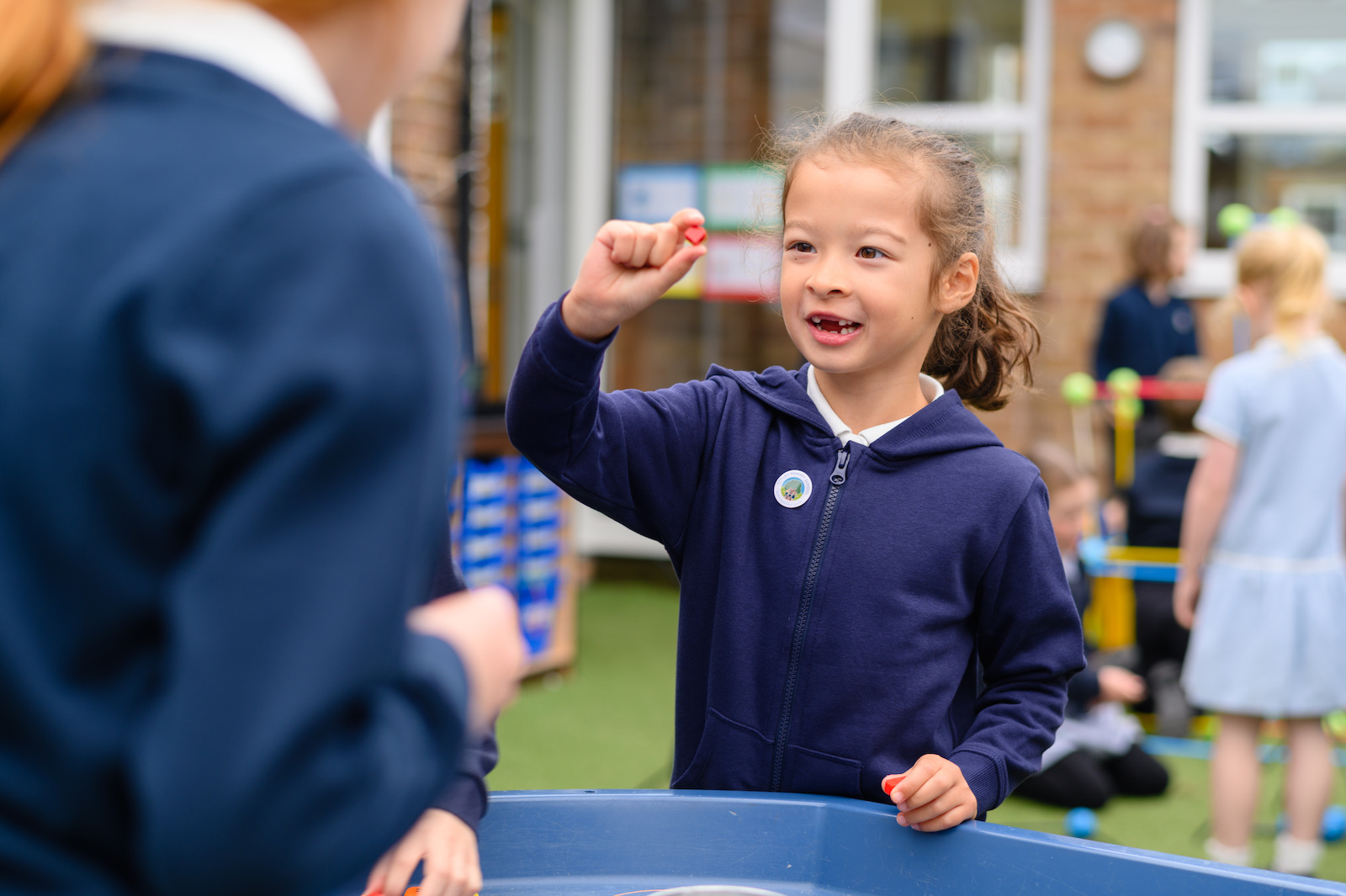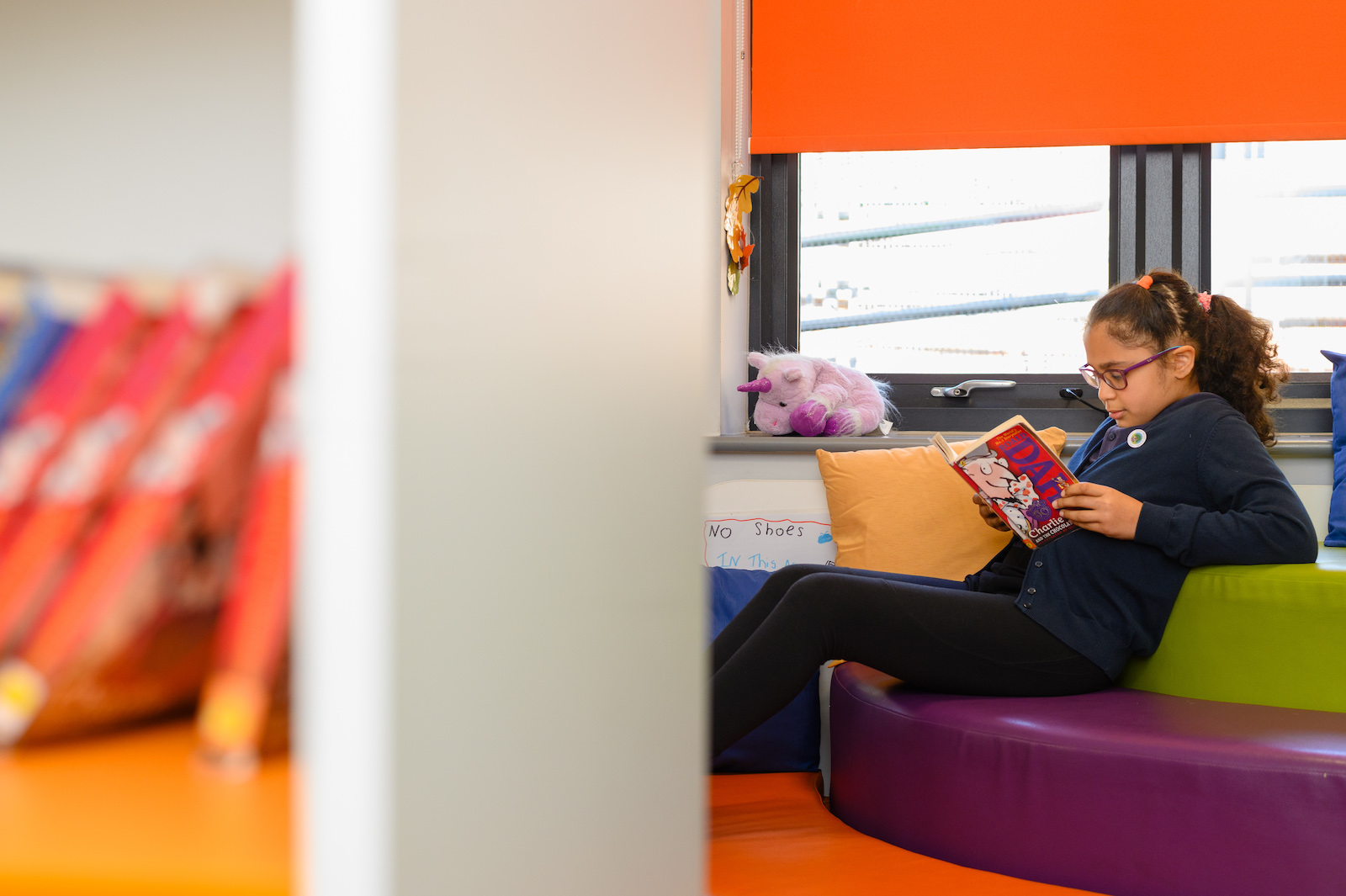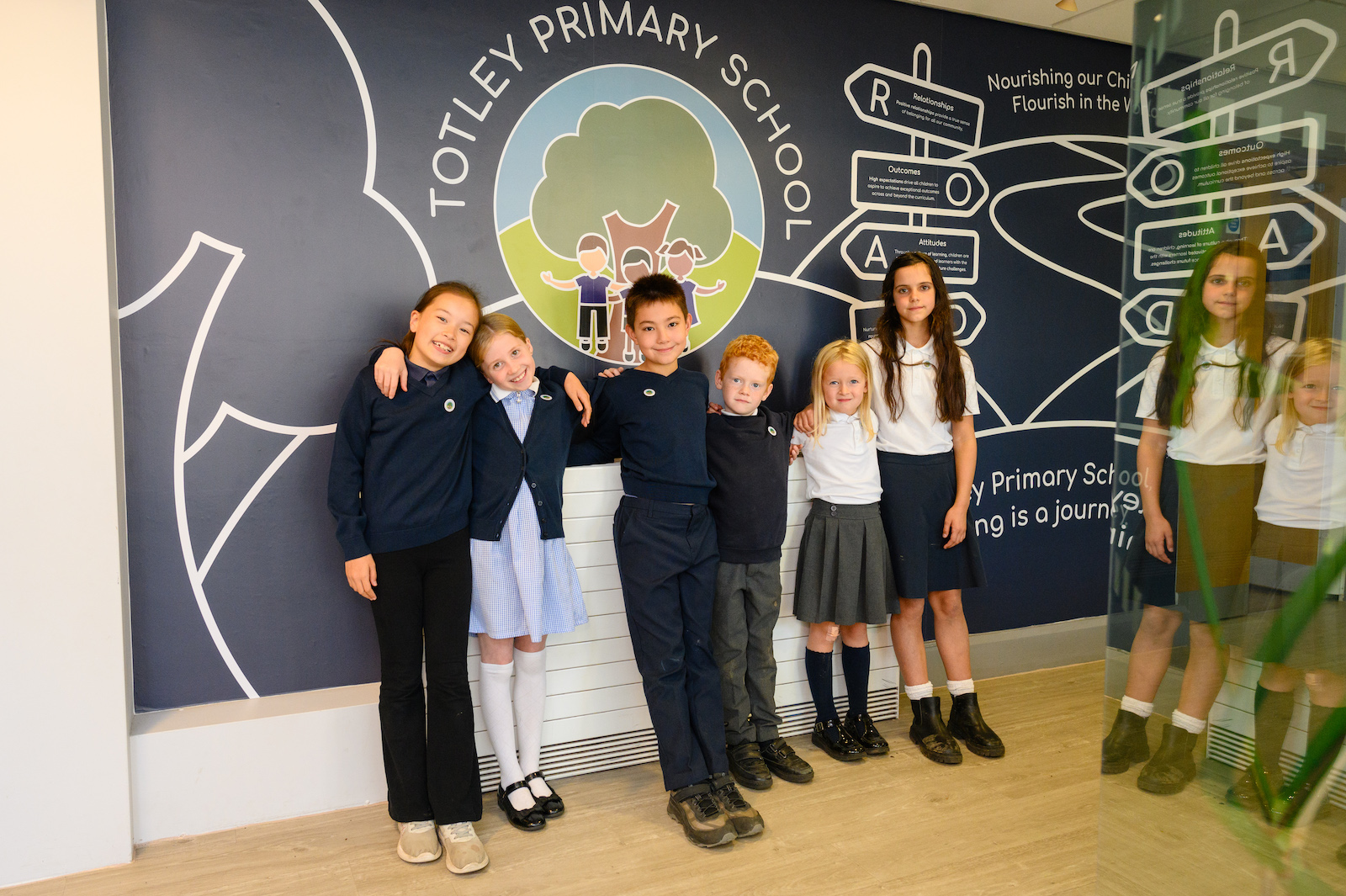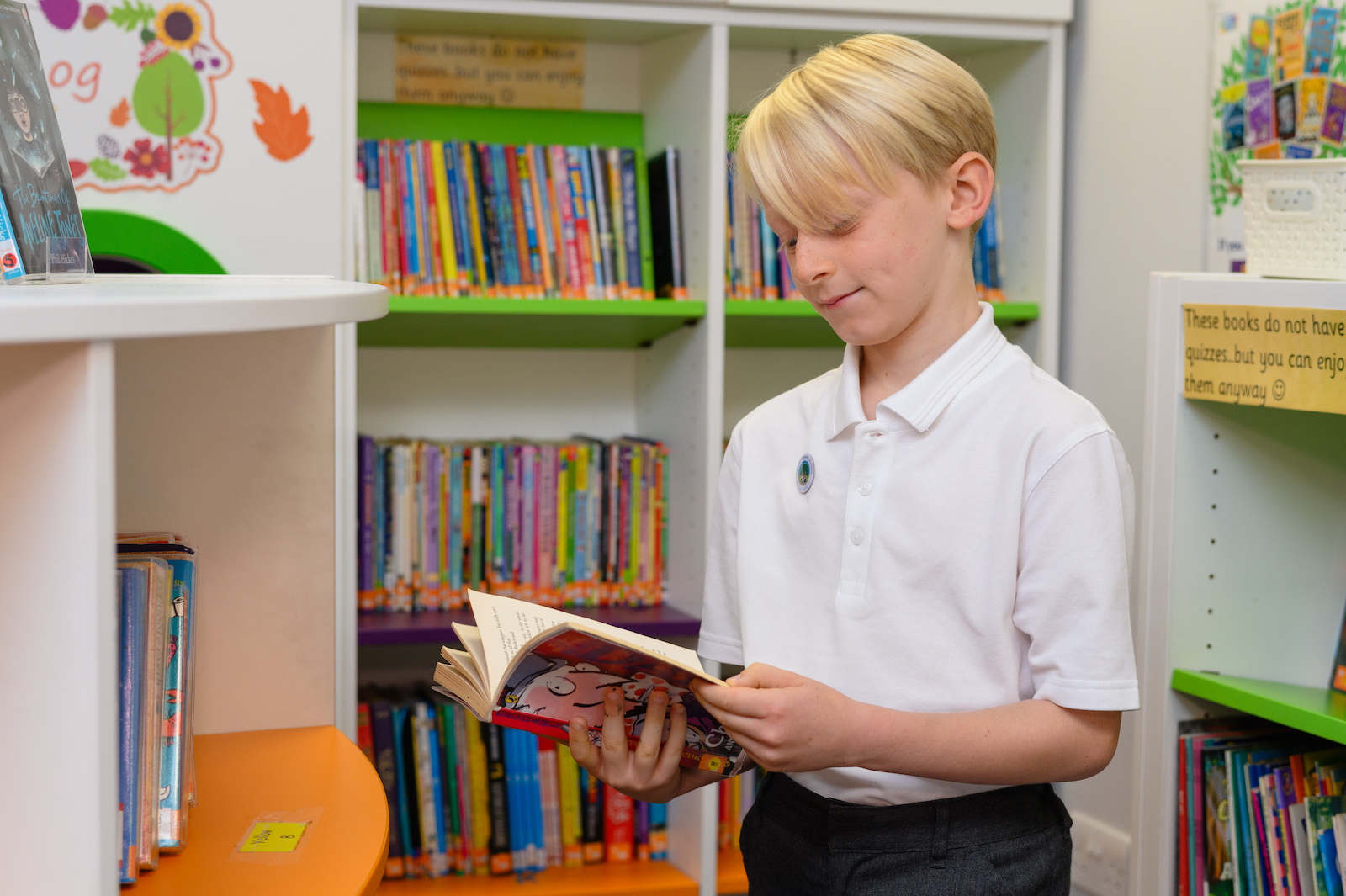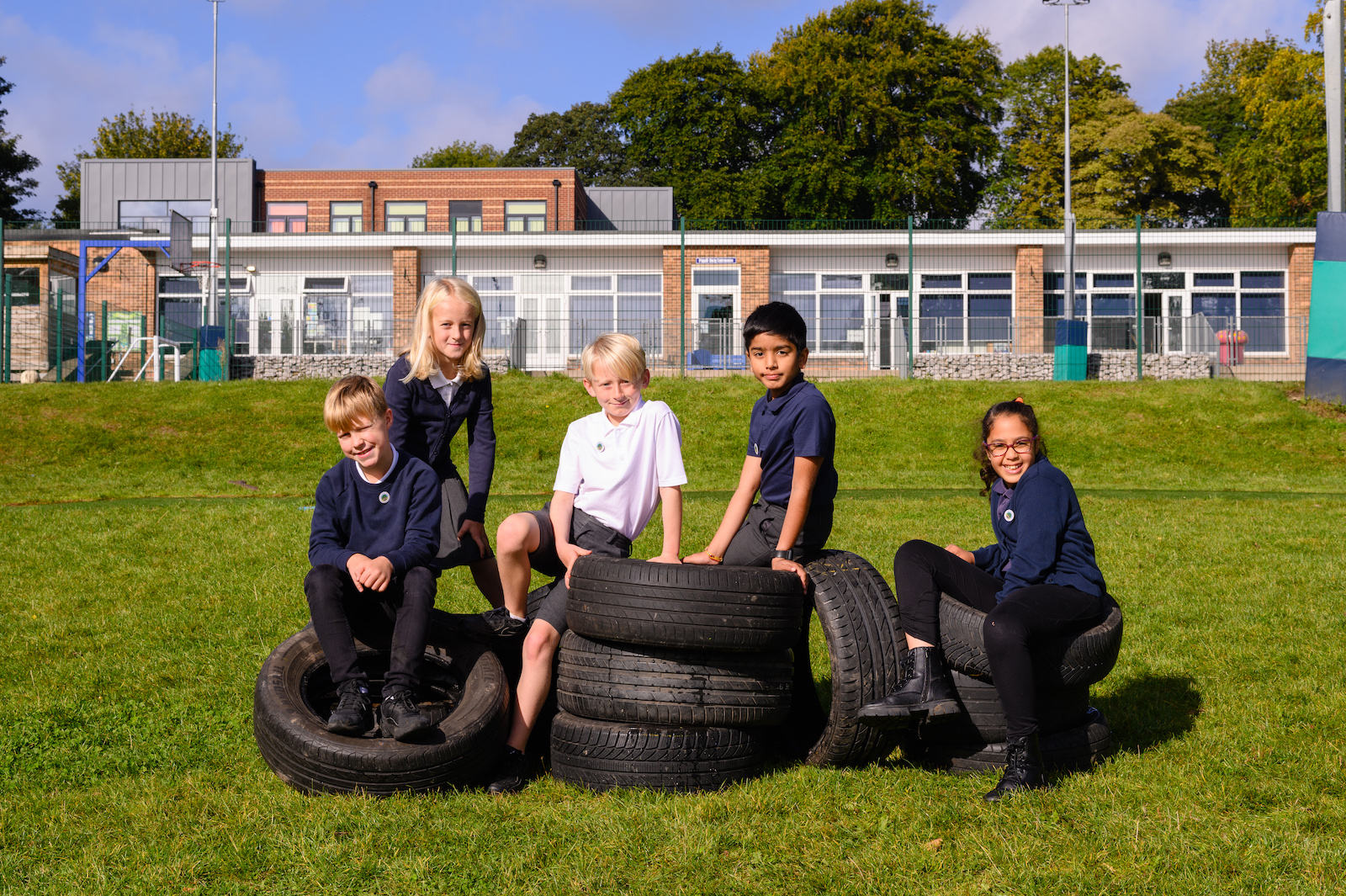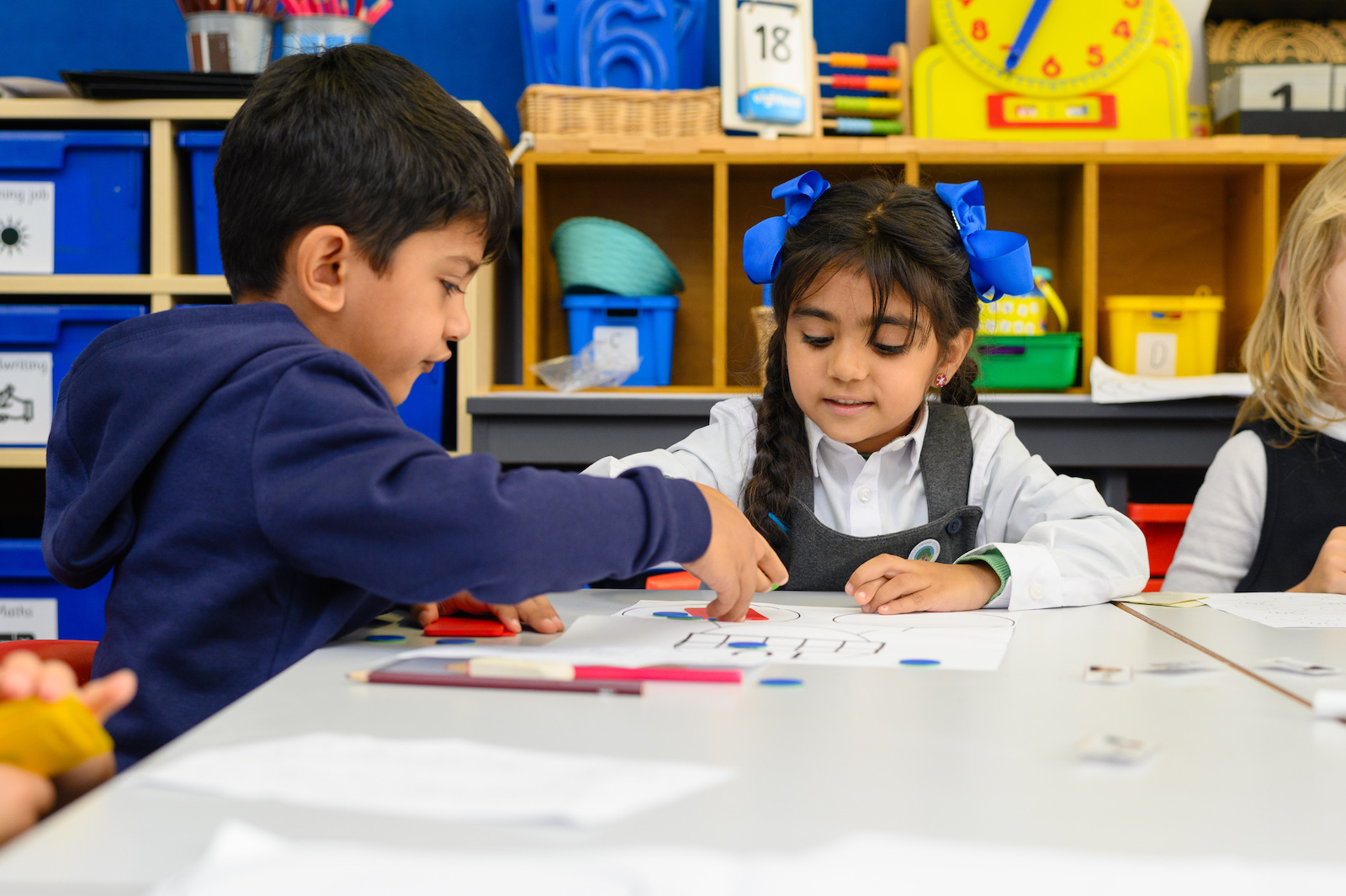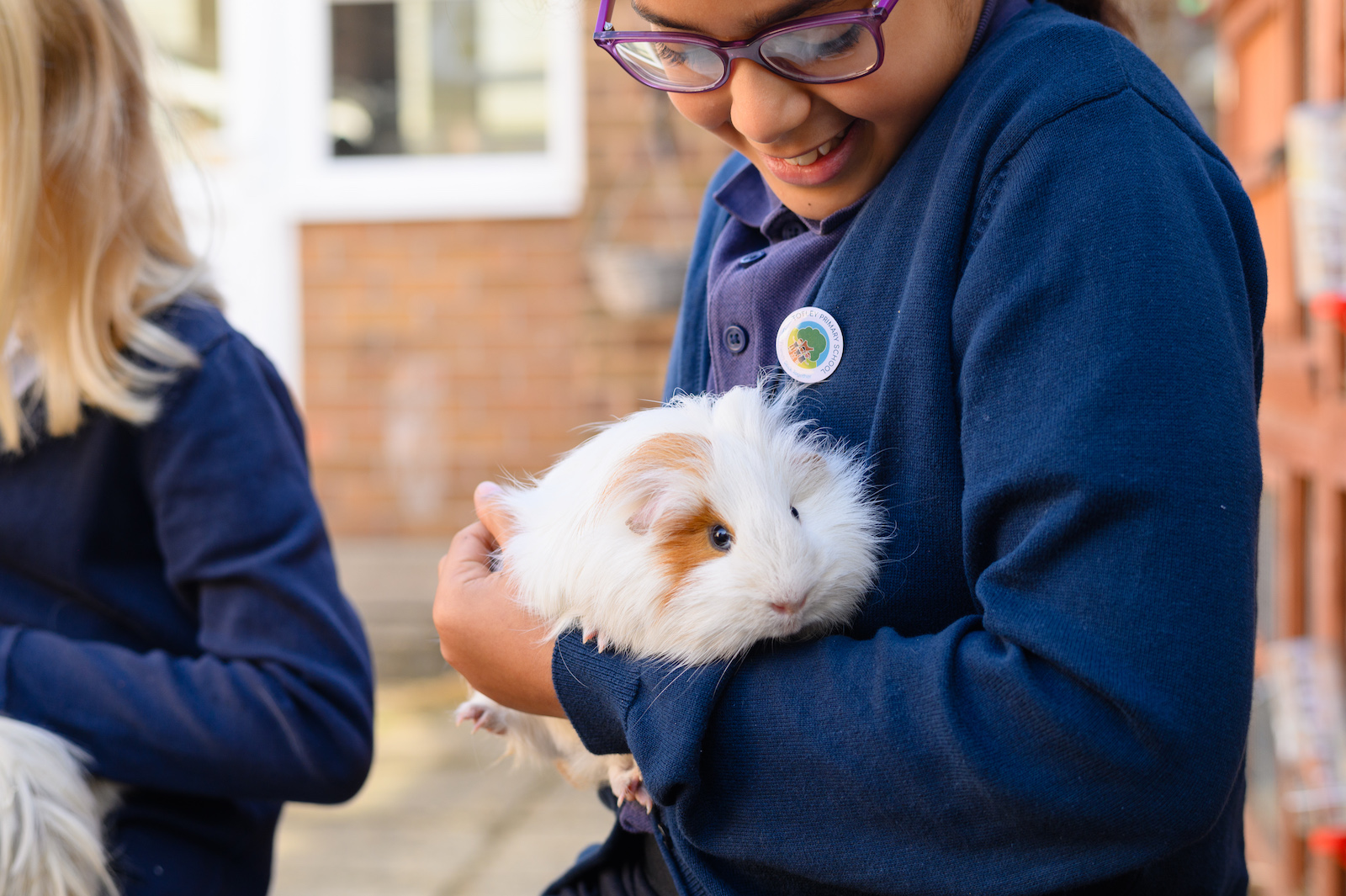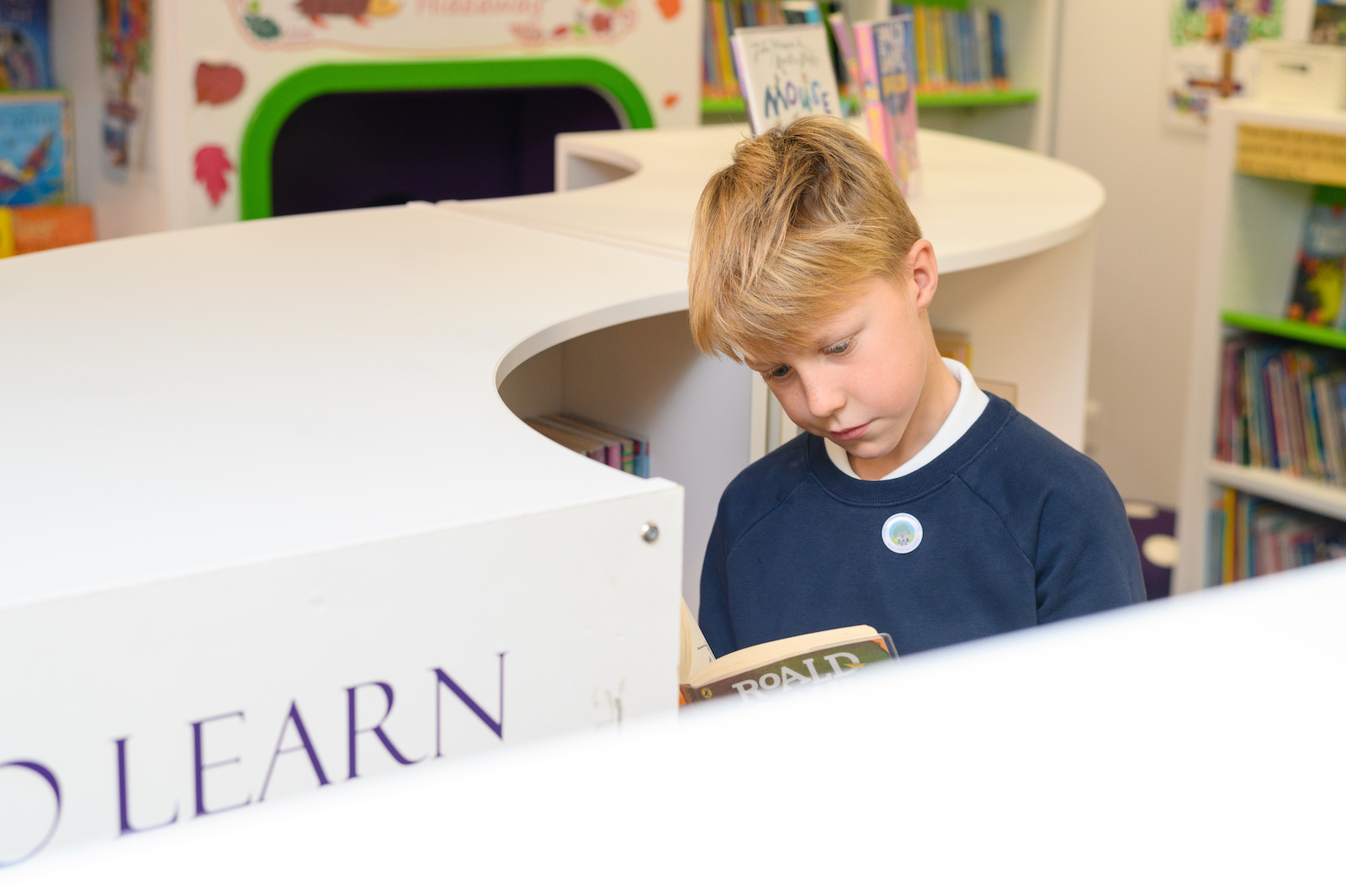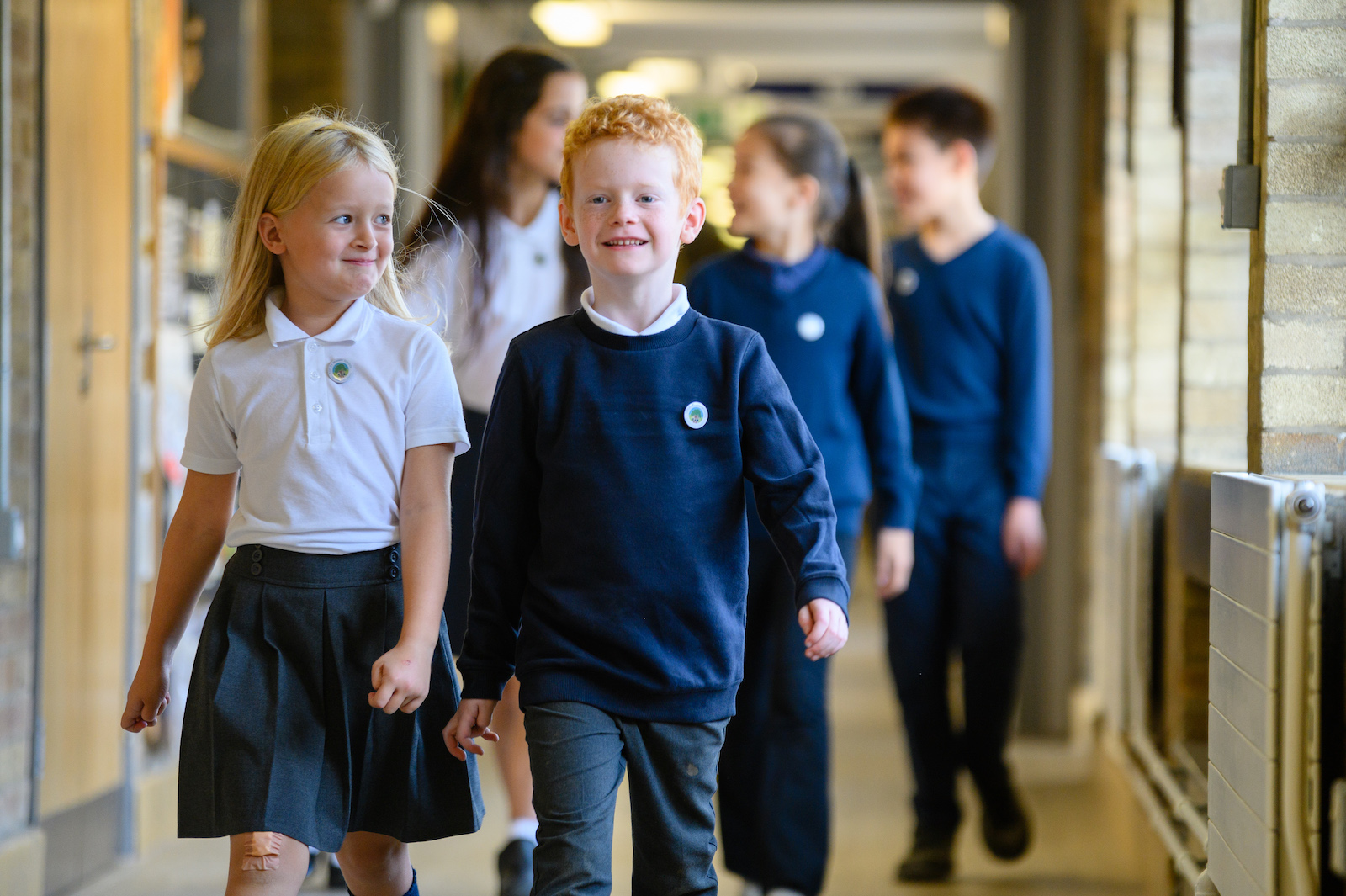Computing
We know that confident, resilient, accurate and purposeful use of technology is transformative in the life chances of the children in our care. Computing is a valued and valuable subject at Totley Primary School. We know that our computing curriculum equips children with the knowledge, understanding and skills needed to use computational thinking and knowledge to create digital artefacts and technologies.
Our computing curriculum is designed cumulatively across the strands of online safety, computing fundamentals, computational thinking and coding, technology in our lives and multimedia. We enable all children to be skilled to safely use and apply technology for a range of authentic purposes. We deliberately build in opportunities to grapple with new and unfamiliar technology to show children how their existing skills and knowledge will enable them to use new technology as it develops in the future.
Because of our computing curriculum:
|
Online safety In all that we do, children know how to keep themselves and others safe online and when using technology. |
|
|
Fundamentals Be able to use the Microsoft Office suite proficiently to produce work of a high quality, and be able to transfer these skills to the Google suite. |
Computational Thinking and Coding Children understand how coding can be used to solve problems on screen and on physical devices, and understand the process required to achieve a set goal. |
|
Technology in our lives Understand and be able to explain how the technology we use in school and at home works. By understanding the hardware components we use, how our school network and the Google Cloud functions, children are able to apply their learning to a wider schema. |
Multimedia Use presentation software, including a green screen, to create projects for a range of audiences and authentic purposes. |
The implementation of computing:
Computing is taught fortnightly
Online safety is taught every half-term and through the Personal Development curriculum. It matches the Sheffield Online Safety Curriculum, which teaches the transferable skills and knowledge children need to respond to the changing online safety landscape.
Fundamentals, computational thinking and coding, technology in our lives and multimedia are blocked throughout the year in cycles. This enables immersion in each strand of learning and develops a specific area of interest and expertise in the subject. We also know that practice makes progress, so sufficient time is given to hone, perfect and remember skills and knowledge.
Each strand is taught across the school at the same time, enabling us to capitalise on collaborative opportunities and so that CPD can be sequenced to mirror the curriculum implementation.
|
Online safety is taught in the last lesson of each half-term, and through the personal development curriculum |
|||
|
Fundamentals teaches the children the essential skills they need to be efficient and competent in computing. |
Multimedia broadens the opportunity to apply children’s fundamental skills to new technology, and to create a product to share with others. |
Technology in our lives teaches children how the technology we use works. This is taught within and builds on the schema of the technology children are familiar with. |
Computational thinking and coding is taught as the final strand because, by this stage in the learning journey, children understand that humans have created the technology in order to solve problems efficiently and accurately. Computational thinking and coding is inherently about sequencing and logical thought processes to solve a problem or achieve a goal with greater efficiency and total accuracy. |
Fundamentals are taught first so that children have the necessary skills and knowledge to be efficient in their computing lessons, and to apply across the curriculum, throughout the year.
The remaining strands are deliberately sequenced so that prior learning is interleaved when appropriate. The range of strands taught means children experience and understand the breadth of the subject.
The Computing written curriculum defines the component steps, key teaching points, vocabulary, important models and examples to use in a learning journey, and the end point (what children will know, understand and be able to do. Exemplification supports teachers in identifying the most effective teaching and learning opportunities.
In a typical computing lesson, we are likely to see the following:
Retrieval practice to check and remind children of the most useful prior learning that will be of greatest benefit in this lesson.
Automaticity is planned for in commonly used procedures and methods. For example, at the age and stage appropriate point, children will be given a short amount of time to log on and access the resources they need at the start of a lesson.
Vocabulary is taught explicitly. We know that knowledge of words is our knowledge of the world, and therefore we explore the meaning of a word in context and children attach meaning to it.
Learning intentions are shared and the success criteria (what children will be able to do in order to be successful) are shared with the children.
Teacher modelling is used to show children ‘how to’ do something. Teachers model their expert thinking, including narrating their thought process, through ‘I do, we do, you do’. Tinker time gives children time to practice and refine new learning. Time to practice and remember skills and knowledge is essential, so we have identified where each skill will be used later in children’s journey through the curriculum.
Activities are carefully designed and chosen to match the learning intentions. Through questioning, children reflect on whether their input achieved the intended output and make refinements as appropriate. Unplugged learning opportunities are used effectively and are likely to be early in the learning journey in order to make sense of the process and computational thinking required to effectively use technology.
Learning intentions and success criteria are referred to and revisited through a lesson to demonstrate to children that their activities are achieving the end goal. Teachers intervene to address misconceptions and to provide further challenge within the learning intention.
Learning is contextualised by exploring how the same or very similar technology has been applied in the wider world.
Children keep a record of their work over time on the school network. This enables teachers to check and assess for individuals' progress from lesson to lesson.

